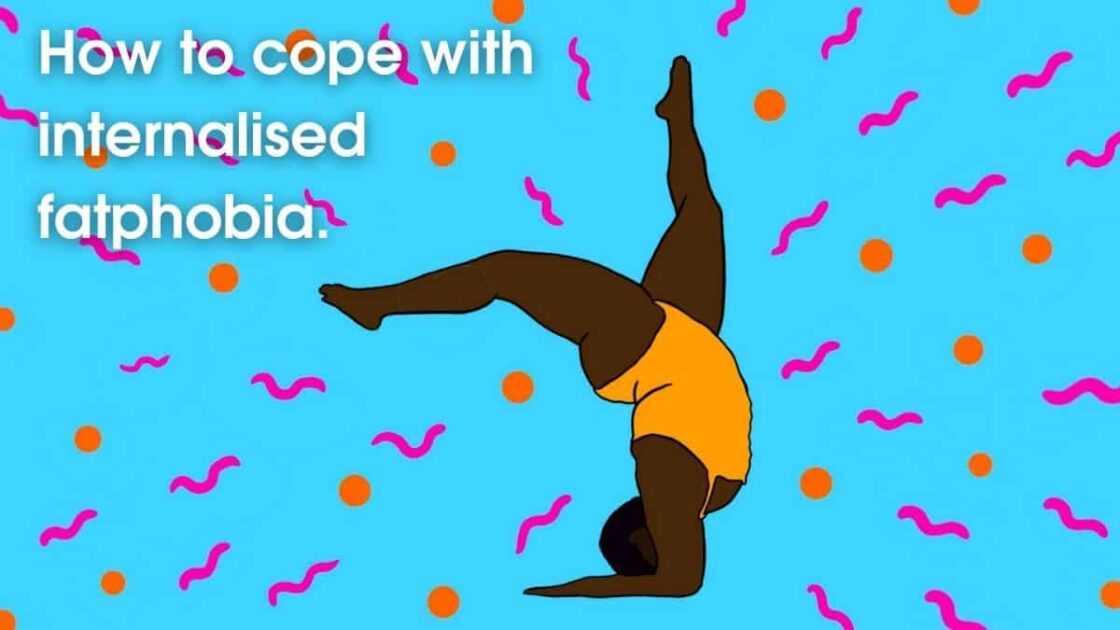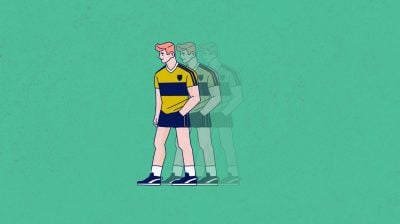How to cope with internalised fatphobia
When Bhargavi experienced internalised fatphobia, they took this path to not only cope but to love their body.

Internalised fatphobia is being critical of yourself for being, looking, or having fat. A lot of advice about coping with internalised fatphobia points out that being fat has nothing to do with being healthy and that both physical and mental wellness are possible at any and every size.
I have been through an experience when a doctor ordered me to lose weight because it was affecting my health and my muscles. I had read, in so many places, that “fat” was not a synonym for “ugly,” for “undisciplined,” or “selfish,” or “uninteresting,” or “unhealthy,” or whatever else it is frequently compared to. At that moment, I felt like I was the exception to that idea.
Internalised fatphobia, or weight bias, can be defined as an abnormal fear of fatness, gaining weight caused in many cases by negative attitudes and stereotypes surrounding and attached to larger bodies.
In spite of this experience, I learnt that being fat was not something to be hated, and I learned how to cope with my internalised fatphobia.
Here are the steps I took.
Step 1: Want to tackle internalised fatphobia
Since you are reading this article right now, congratulations! You’ve already completed one of the steps. Even if you hate your body right now, seeing this article means that you don’t want to. It means that you want to try to love yourself just as you are, and that is the most precious and important wish you will ever have. It’s proof that some part of you cares about your happiness and your wellbeing. It’s alright to fail a billion times, but never stop wanting to love yourself and your body.
Step 2: Remember to be kind to yourself
Self-compassion is not easy, nor is it a one-time thing. It’s a long, rough process, but it’s also one of the most rewarding things you’ll ever do for yourself. It’s one of the hardest things in the world to walk a new path when you have been wearing down the same road for ages.
You won’t always be compassionate, but you must always try. Sometimes you can’t help it, but you can still try to let go and move forward.
Step 3: Be the comfort you want for yourself
Whenever you experience hatred or frustration toward your body, you may be overwhelmed by a barrage of negative thoughts. If this happens to me, I have a three-step process to dealing with it:
- I imagine telling someone about these fatphobic thoughts.
- I ask myself: What do you wish they would do in response? The answer is usually something like, give me a hug, a shoulder to cry on, some advice, reassurance, etc.
- I do what I got as an answer for step two. Sometimes I need to ask for help, sometimes I can just do those things on my own.
Sometimes, when we are in the process of trying to love ourselves, we can get frustrated by our own self-hatred, or aren’t able to find a suitable, logical defence against our fatphobia. The point of the above three steps is to catch bad thoughts and react with empathy and support. Instead of thinking of coping with internalised fatphobia as a battle against your worst self, think of it as an effort to comfort a part of you that is in pain and is lashing out using hatred and violence.
Step 4: Be amazed by your body
Your fat folds are pockets of energy and life, waiting to be set free. Your body is a wonderful thing, full of muscles and bones and magic that lets you live. Every time you do fail at a push-up, marvel at how hard your muscles are trying. Every time you struggle for breath after a run, be glad for the fact that your heart works so hard to keep your blood flowing. Saying you are fat, weak, or useless is like saying a seed is rubbish, simply because it hasn’t grown into a tree yet. You and your fat are capable of great struggle, great resilience, and great success.
Artwork by Action Panel Member Caitlin Grant @illukations.






